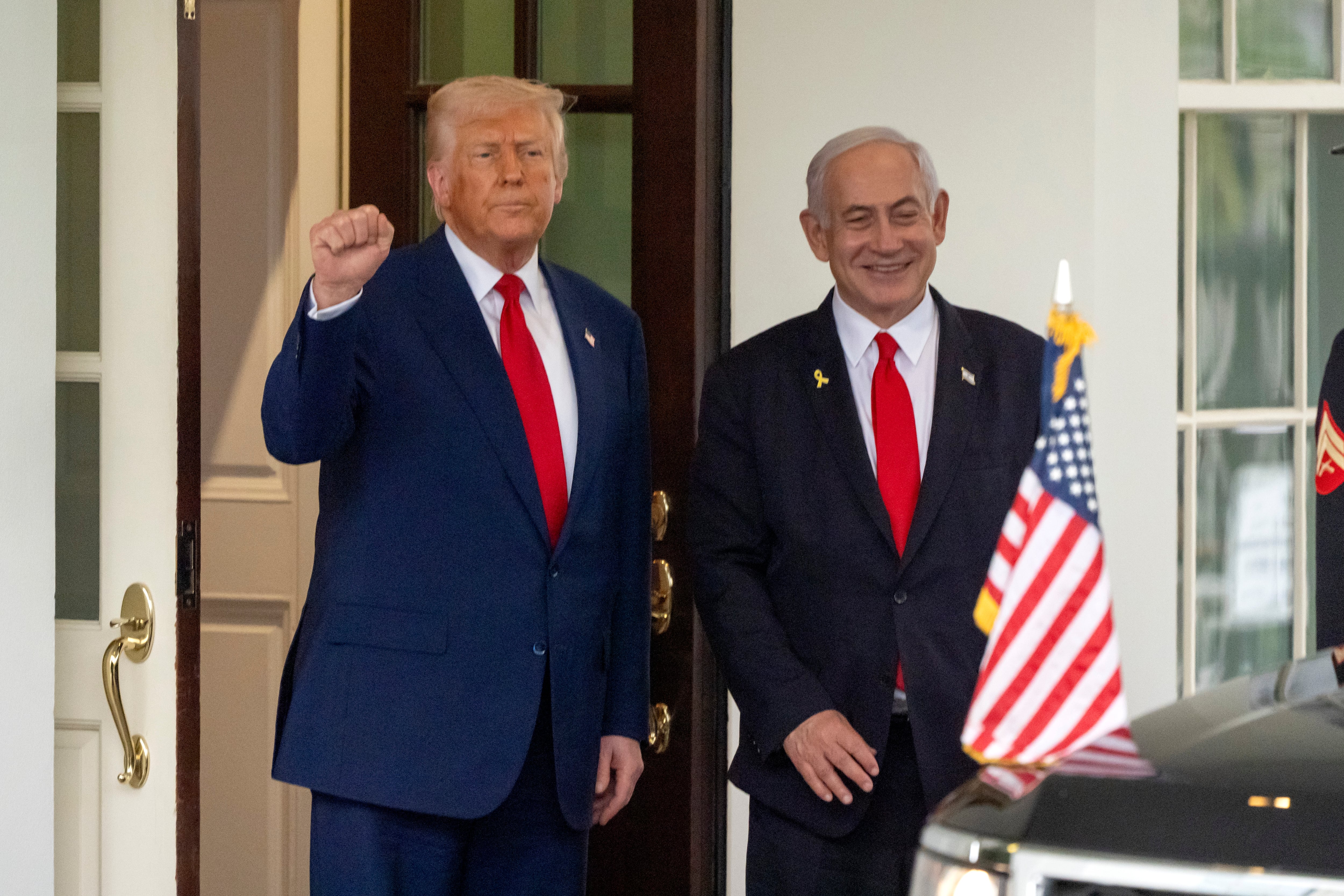The Veterans Affairs Department’s home-loan guarantee program has its roots in the 1944 Servicemen’s Readjustment Act, better known to most as the original GI Bill.
Signed by President Franklin Roosevelt, the legislation was designed to boost the financial well-being of returning service members on multiple fronts without the government issuing bonus checks. A look at some of the rules when the program launched and some early changes, according to VA accounts and other government sources:
The bottom line: Loans for homes, farms and businesses were backed up to 50 percent of the total amount, could last up to 20 years, and could have interest rates up to 4 percent. The total guarantee amount had a hard cap: $2,000.
Sign up now: Veterans had until five years after the war’s end (still to be determined when the legislation passed) to apply for the benefit. After that, no more applications would be accepted.
Early fixes: A 1945 law boosted the cap to $4,000 and extended the loan limit to 25 years (40 for farms). It also expanded the eligibility window to 10 years.
Honoring the fallen: Legislation in 1950 expanded the benefit to widows of veterans who’d died in service or from a service-connected injury, provided the widow had not remarried. It also boosted the loan cap again (up to 60 percent of the loan guaranteed to a maximum guarantee of $7,500).
Early returns: Nearly 2.4 million World War II veterans used VA-backed loans from the program’s inception through 1952.
FDR speaking: Roosevelt’s statement after signing the original legislation read, in part: “With the signing of this bill a well-rounded program of special veterans’ benefits is nearly completed. It gives emphatic notice to the men and women in our armed forces that the American people do not intend to let them down.”
Kevin Lilley is the features editor of Military Times.





